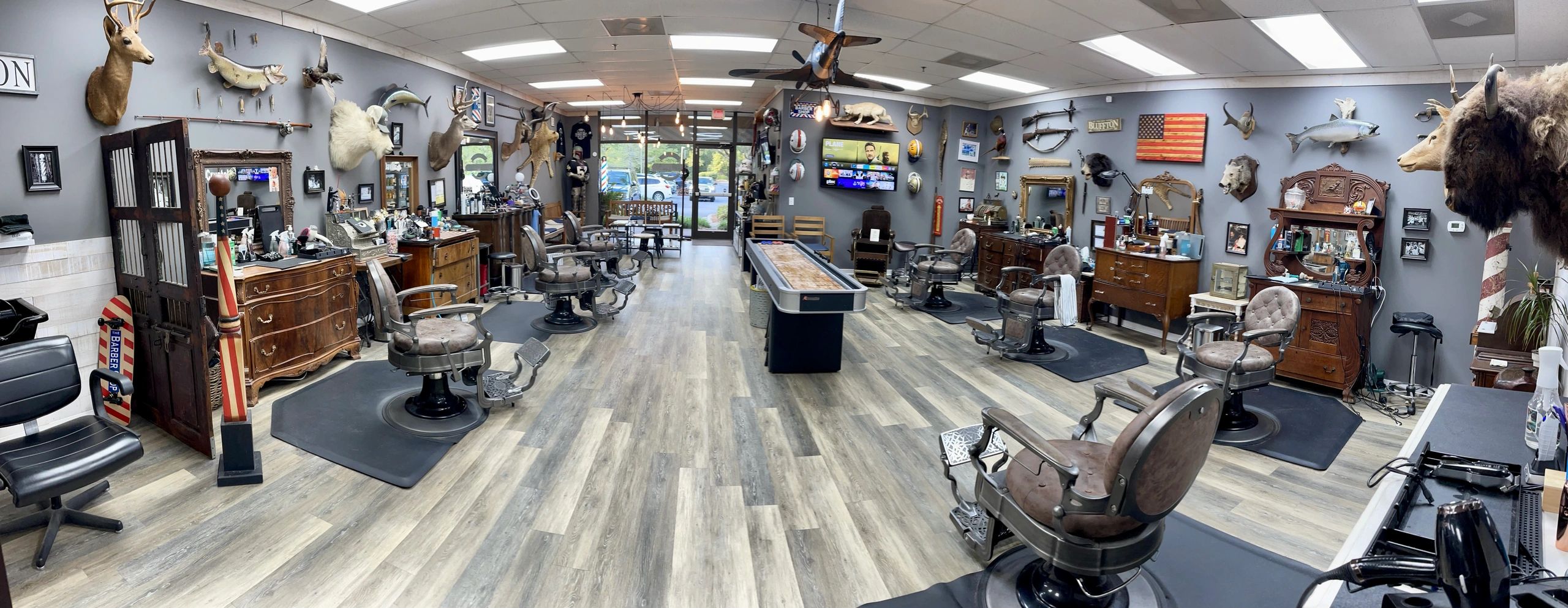Barbershops in New York City are more than just places to get a haircut; they serve as important community centers that help define community identity and foster relationships among residents. These establishments have a long history in city settings, acting as gathering spots where people from diverse backgrounds come together. In many areas, barbershops are often the initial venue where clients can participate in conversations about community issues, share stories, and forge relationships. This distinct role makes barbers not only talented professionals but also cultural curators who contribute to the social fabric of their communities.
The atmosphere in a barbershop is often lively and welcoming, creating a setting where clients feel at ease expressing themselves. Barbers are known for their skill to engage with patrons, often participating in talks that span from sports to politics. This interaction helps to create a feeling of belonging among clients, as they share their experiences and perspectives. In many instances, barbershops mirror the cultural diversity of the areas they support, displaying different haircuts, grooming techniques, and even music that resonate with the local population. This social exchange enriches the interaction for all involved and bolsters community ties.

Barbershops also play a significant role in preserving cultural traditions. Many barbers have been trained in specific techniques that are transmitted through ages, guaranteeing that unique looks and methods are not lost over time. For example, certain styles and you can try these out grooming methods may be tied to cultural background, allowing individuals to express their identity through their appearance. By upholding these traditions, barbershops help to preserve cultural stories alive, providing a sense of pride and connection for local members.
In addition to their cultural importance, barbershops often engage in community service and assist local causes. Many barbers take an proactive role in tackling social issues, such as education and health education, by organizing events or offering resources to their patrons. This engagement demonstrates a dedication to the well-being of the neighborhood and encourages a sense of duty among barbers. By using their platforms to encourage positive development, barbershops become vital players in the community, further solidifying their role as community curators.
In conclusion, barbershops in New York City serve as essential places for cultural exchange, community building, and identity formation. They provide a distinct environment where individuals can connect, exchange, and honor their diverse backgrounds. As community curators, barbers not only shape the way clients show themselves but also affect the broader social dynamics. By understanding the importance of these establishments, we can appreciate the essential role they have in building connections and preserving cultural heritage in urban settings.